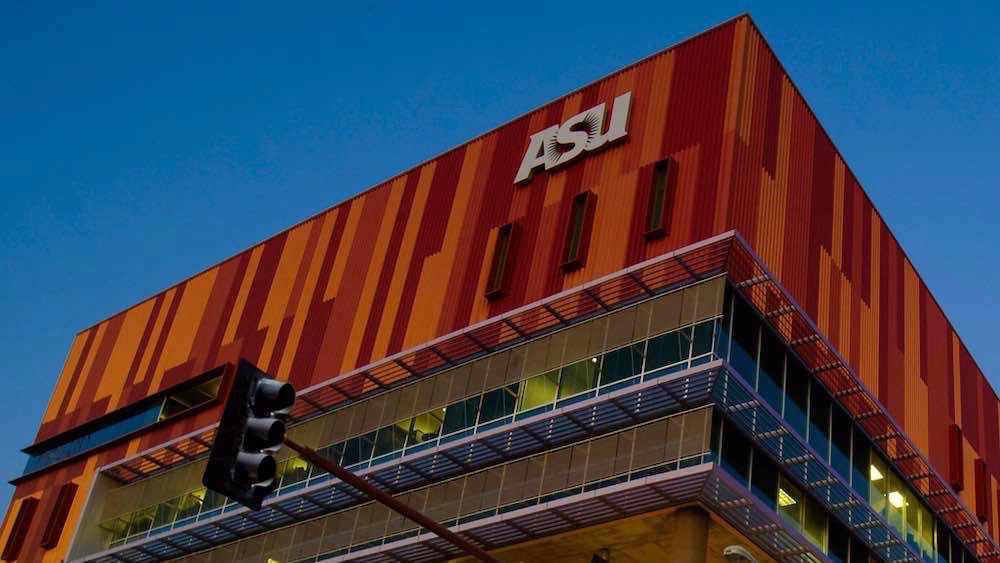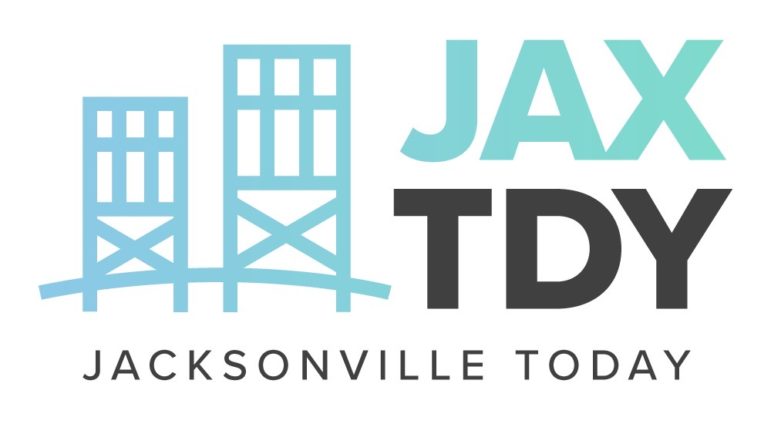There’s no one formula for radio’s weekends

Tom and Ray Magliozzi of Car Talk
With national producers offering new programs and the Magliozzi Brothers retiring from Car Talk, program directors at public radio stations may have an opportune moment to update strategies for weekend programming. Yet with no surefire hits available beyond the familiar warhorses, all of which are at least a decade old, p.d.’s and audience researchers say there’s no easy formula for success when Saturday rolls around.
The weekend staples are widely aired and well-traveled: Car Talk, Weekend Edition, Wait Wait … Don’t Tell Me! and A Prairie Home Companion. Car Talk and PHC, in particular, are public radio’s most powerful programs, with the ability to draw a station’s audience to the radio at almost any time they’re aired, says Steve Olson, president of Audience Research Analysis. Many stations air Car Talk, PHC and Wait Wait twice to get more mileage out of them.
The most widely applied strategy is to schedule these shows when the most people are listening to radio on weekends, from 8 a.m. to mid-afternoon, Olson says.
Otherwise, there’s just one other reliable gambit: airing locally hosted music programming after A Prairie Home Companion on Saturday nights. Music attracts listeners and keeps them tuned in, Olson says. “Different unconnected programs following A Prairie Home Companion don’t really work,” he says.
Beyond these two common strategies, stations are on their own to figure things out. In many cases, that leaves weekend afternoons as a time for a grab bag of approaches, including local experimentation, music shows and limited-run series and specials.
After the morning hours on a weekend, “you can experiment and change a program without damaging the fabric of the day,” says Mark McDonald, programming director at WAMU in Washington, D.C.
Not that programmers wouldn’t like more standout options from national networks. “We’re definitely in the market for successful weekend entertainment shows,” says Jeff Hansen, p.d. at KUOW in Seattle. But “it’s like Don Quixote tilting at windmills, trying to come up with the next big entertainment show. We’ve been trying for 15 years,” he says, referring to Wait Wait, the most recent weekend success. “We’ve come up with zip.”
“There’s a huge need for programs that stations can run on afternoons,” says ARA’s Olson. “Of course, it’s easier said than done. That’s why people are still trying.”
Part of the challenge is that, unlike public radio’s weekday successes, the weekend hits depend largely on a host’s personality — think the cackling Car Talk guys or Garrison Keillor’s trademark Lake Woebegon monologues. And personality is found and nurtured, not invented.
“You don’t know if you have a winning personality until you’ve tested it on the air,” Hansen says.
Teaming up for weekend solutions?
At Vermont Public Radio, the need for a few notable national programs on weekends may be even more acute. As one might expect in a place like Vermont, the network has many devoted listeners who listen a lot. After one airing of Car Talk, most don’t want to hear it again, says Franny Bastian, VPR’s director of programming and production.
Listeners also complain about VPR’s rebroadcast of A Prairie Home Companion, she says, but the Sunday installment attracts a larger audience than the Saturday night airing, which is mandated by producer American Public Media. So VPR persists with the two broadcasts.
Bastian says she wishes she could find a “newsy and upbeat” program for Saturday afternoons. The network arranged its own deal with the Canadian Broadcasting Corp. to carry Spark, a show about technological trends. “I think it has a strong following, but it’s just not a big enough following,” Bastian says.
Programmers looking for stronger weekend options may do well to look to each other for help instead of to national networks, says WAMU’s McDonald. “Perhaps if there were more collaboration between stations in areas of the radio market where we thought there was room for a particular topic or form of discussion … it would be good for stations to collaborate and make those shows sustainable,” he says.
WAMU is now attempting to turn some of its own local weekend productions into options for other stations. McDonald describes one such program, The Animal House, as a show about environmental issues disguised as a call-in about pets. It’s now airing on about 30 stations.
This month, the station is also piloting a series titled The Big Fix, which uses the Public Insight Network to start discussions about fixing difficult dilemmas such as the mortgage crisis or partisan gridlock in Washington. But McDonald acknowledges that even promising shows may not make it beyond the piloting stage, given the challenging economy that public radio stations face.
In deciding which shows to slot into WAMU’s weekend grids, McDonald also uses what he calls “mission-driven” shows that may not be “populist” enough to draw audience during the week, such as Interfaith Voices and The State We’re In. In addition, the station has an hour on Sunday evenings for experimenting with new shows targeting younger listeners.
Eclectic menu in Oklahoma
The challenge facing Sheila Rue, p.d. at WUSF in Tampa, Fla., isn’t scarcity but a surplus. “They’re cranking out really amazing stuff,” she says of national producers, citing in particular the continuing high quality of shows such as This American Life and Snap Judgment. “I don’t have time to deal with it all.”
WUSF’s weekend lineup is relatively new — the station moved classical music to a second frequency about two years ago and went all-news on WUSF 89.7 FM. Snap Judgment and Radiolab have done well so far, but the challenge is figuring out the best sequence for programs and promoting them well throughout the day and week, Rue says.
Differences between how people use radio on weekends as opposed to weekdays also complicate the programmer’s job. Listening drops off for weekend shows that are scheduled in timeslots when the number of people using radio falls, Rue says. “Does that mean that it’s my pick of that show or because people aren’t using the radio as much at that point?”
KOSU in Stillwater, Okla., finds itself in a situation similar to WUSF. The station recently dumped classical music. Stations in Tulsa and Oklahoma City, both within KOSU’s service area, were already airing classical; KOSU was not the first choice of classical listeners in those markets, says Rachel Hubbard, associate director and g.m.
Last month the station teamed up with a commercial Triple A station that had gone online-only because its format was too niche to draw a substantial broadcast audience. Together, the stations created a music lineup for KOSU that features local musicians hosting a diverse range of shows, in genres such as punk, techno, rockabilly and psychedelia.
KOSU also cut repeats of Car Talk and Prairie Home Companion, which prompted less of a backlash than Hubbard expected. Like WAMU, the station also has time set aside on Sunday for piloting new local or national shows.
The new music programming has netted a positive response from listeners “because it’s local, instead of syndicated programming that we’re pulling down,” Hubbard says. “It’s been an amazing ride the last couple of weeks.”











There are so many good weekend programs that I have heard on WBEZ and WNYC. Check out On Being (aka Speaking of Faith); I’m an atheist and I LOVE this show. American Routes – a fantastic music show. On the Media – I wish WNYC didn’t run it at almost exactly the same time Sat and Sun, because I don’t need to hear it a second time, but it is GREAT. Re:Sound (WBEZ). The Moth Radio Hour. I love the shows where they read stories. I can sit and listen instead of watching TV. they go great after TAL!
Other shows: Living on Earth. Making Contact. Studio 360. I’m sure there are many more.
At WEOS (Finger Lakes Public Radio) I found…somewhat to my surprise…that a combination of American Routes (6-8pm), the Grateful Dead Hour (8-9am), and a local (now nationally syndicated) 60’s music show, Stuck in the Psychedelic Era (9-11pm) did really, really well with our listeners.
FWIW, we never really put it to the test by seriously fundraising during those shows, but invariably I got positive feedback from various listeners…mostly of baby-boomer age…about that lineup. And tellingly, usually when people said they liked the station in general, when asked it was specifically that lineup that was mentioned.
Now the reason for the surprise was that WEOS was, and still is, mostly a news/talk station. World Cafe and Echoes are on in the evenings, but otherwise it’s mostly news/talk. People definitely liked the news/talk, but apparently the Saturday evenings they wanted music.
OTOH, at one point World Cafe was on from 10am to 12n, in the middle of a news/talk lineup. The Arbitron data showed massive tune in/tune out at the beginning and end of World Cafe…presumably meaning that it had a big audience, but that audience was mostly different from the news/talk audience. That would imply that trying to program music runs the risk of alienating a core audience, even if the music programming draws a respectable audience of its own.
One could also argue that this could potentially provide evidence that repeating shows on different days/times is not as “duplicating programming” as it might seem, since different days/times can easily mean a different audience is being reached. The door swings both ways on that.